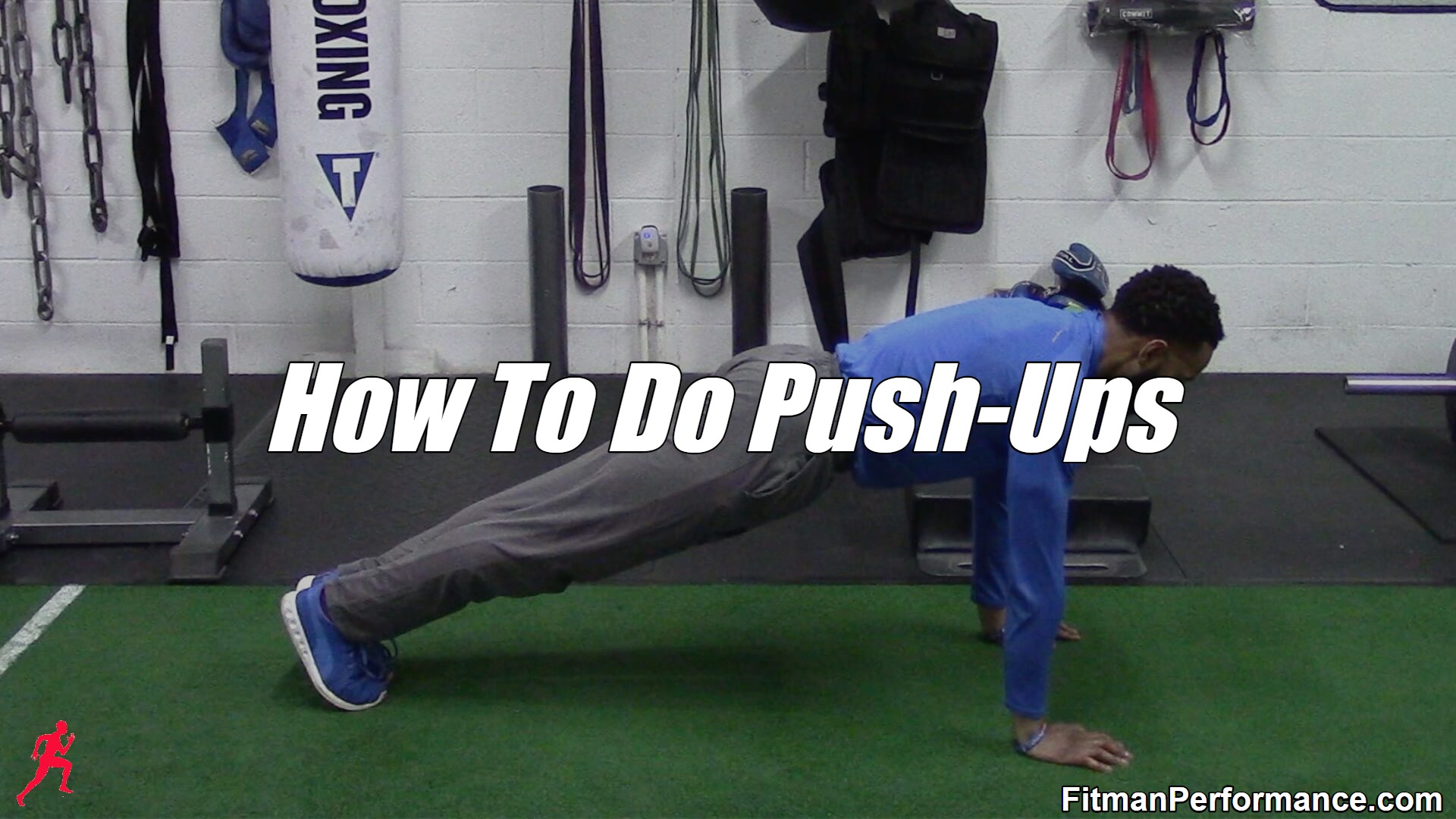The push up is the classic, upper body builder.
For the vast majority of male lifters, the push up represents the first exercise they tried to do.
The average young man is all about building the chest and arms and the push up is generally the first move he has access to that fits the bill.
Being such a classic and effective movement, you would think that the majority of lifters and trainees would perform push-ups with proper form.
Unfortunately, you would be wrong.
Form Matters
It is blasphemous that so many lifters do not know how to do push-ups correctly.
I have seen push-up form over the years that was nowhere near proper.
Some of the push-up form I’ve seen was so scary that it looked like it belonged in a Jason or a Freddy Krueger movie.
Horrendous form is never acceptable and using it will not allow you the ability to maximize your physique.
Think about the meatheads in the gym who use terrible form and who look the same or worse every single year. Do you want to be on the road to nowhere like them?
When you train in this haphazard fashion, you will be on a first class flight to the town of Frustration.
Many lifters reside here for their entire career wondering why they cannot get over the hump and build a great physique.
Changes
Many lifters, unfortunately, view the push up as a non-essential movement.
With new and overpriced chest machines taking up all the space in the standard commercial gym, the push up has become forgotten like a one-hit wonder in the music industry.
For many trainees, performing push ups is way down on the priority list along with training calves or doing hard conditioning that makes you question life.
How many International Chest Monday’s have you walked into at the commercial gym and witnessed lifters performing meaningful sets of push ups? I’ll wait.
While the barbell and dumbbells are very important tools for building the chest, the push up is an essential and very underrated movement for a lifter.
There are many great variations of the push up and they can be done anywhere.
You could train them by using a plate on your back, a weighted vest, or bands for resistance. For a strong, veteran lifter, push ups are a perfect finisher for an upper body day to obtain a massive pump.
But for all of these great things to occur, you must use proper form to get the benefits.
There are 3 cues that will teach you to how to do push-ups with proper form below.
How To Do Push-Ups With Proper Form
1) Properly Position Your Body At The Start
Push ups are a simple movement on paper, but the proper form and execution is usually flawed.
How you start the movement will ultimately dictate how you perform.
If the starting position of your push up features your hips low to the ground like a centipede then you are going to be going nowhere fast.
If the starting position of your push up features your butt high in the air like an Instagram “model” about to do a XXX twerk video then you are also on the path to being swept into the dustbins of oblivion.
The first thing you will do in the push up is to place your hands on the floor. You want your hands to be “stapled” to the floor and they should not move during the duration of the set.
After that, you will elevate your body into the air. The important key here is body tightness.
If you are not tight, your push up performance will be lousy. Your legs, core, and arms should all be solid like the 70’s.
When your body is locked in tight and rigid, you are ready to begin the movement.
2) Keep Your Elbows Tucked Into Your Body
For a set of standard push ups, you want to be in the strongest possible position.
Keeping your elbows closer to your body for the duration of the movement allows you to have an even distribution of strength from the chest, shoulders, and triceps.
This will allow you to perform consistently strong reps throughout your set.
With that being said, there are many different types of push up variations that feature different hand and elbow positions.
But for the trainee or lifter who is performing the standard push up, keeping your elbows closer to your body will enable you to maximize your performance.
3) Your Chest, Chin, And Hips Should Contact The Floor
Half reps are unfortunately too common in the fitness game but the only thing that half reps do is build a half body.
Why do so many trainees use half reps? Because it sounds better to your friends when you tell them you did an easy 75 “push ups” instead of hard 15!
It feels good to get hollow likes on social media when you post that you are in “beastmode” doesn’t it?
You may receive a quick boost for your ego, but the truth of the matter remains the same.
You are not making real progress because you are leaving too much meat on the bone by using those half reps.
Leave the alligator arm reps to the alligators as they have short arms. You do not!
To complete a full repetition of the push up you will follow these steps:
1) Staple your hands to the floor.
2) Elevate your body into the air. Your hips will not be sagging low or high in the air. Your body will be rigid.
3) As you descend into the movement, tuck your elbows into your body.
4) Your chest, chin, and hips will all gently contact the floor.
5) You will explode back up to the start position.
Using Push Ups In Your Workouts
There are 3 ways that you can implement push ups into your workout to maximize your upper body:
1) 6×5 with a Pause
6×5 is the painful, second part of my RP-21 Training System. You would perform this on the 6×5 portion of your RP-21 upper body workout.
You will perform 6×5 (30-second rest between sets) in the push up but the wildcard is that you will pause for 2 seconds in the bottom.
This does not mean you lay on the floor doing nothing. You will be paused ever so slightly above the floor.
Your count will be one, one-thousand, two, one-thousand. Then you will rise.
Note: You can make this infinitely harder by using a plate on your back or a resistance band.
2) Push Up Pyramid
Pyramid training is always challenging.
Many trainees perform a typical pyramid by performing 10 repetitions in a given exercise and then working their way down to 1.
That is a good method but the tougher and more intimidating version of this is when you work from 1 repetition and go up to 10.
You will start with 1 push up and work your way up to 10. The total is 55 push ups, but the pain adds up quickly if you perform the pyramid correctly.
You can use a steady rest during each set or you can use an increasing rest protocol.
A steady rest could have you resting 30-60 seconds between each set. You choose one number and you stick with that same number no matter how bad your chest is thumping.
An increasing rest period could have you resting an additional 5 seconds each set. If set 1 was a 15-second rest, then going into the final set you would rest 60 seconds.
Either way, prepare to be humbled and absolutely pumped!
Note: You can make this harder by using a plate on your back or a resistance band.
3) 100 reps
100 reps is a classic finisher that works perfectly with the push up.
Your goal is to perform 100 push ups. The first week you perform this drill you will need to record the number of sets or the amount of time it took you to complete it.
As you progress with the drill, your goal is to get to 100 repetitions in fewer sets or less time. If it takes you 10 sets in week 1, aim for 9 sets in week 2.
Note: You can make this harder by using a plate on your back or a resistance band.
Even into today’s modern fitness culture, the old school basics will always have a place. Utilize them within your training program to truly unleash your inner greatness and build a phenomenal physique.
I’ll holla at you next time.
The People’s Trainer,
Fitman


